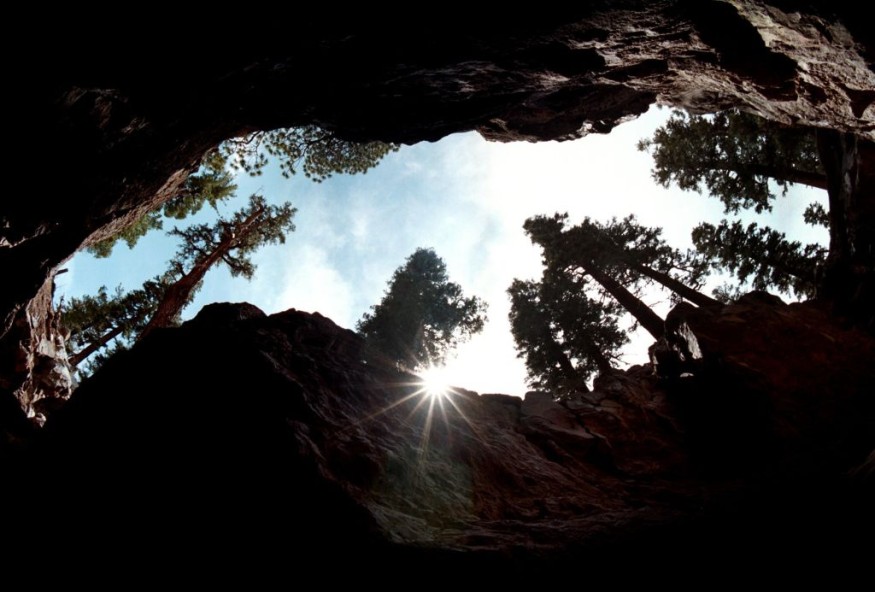Experts said that the Long Valley Caldera of California is not gearing for a supervolcanic eruption.
According to previous studies, the Long Valley Caldera situated in the Eastern Sierra Nevada mountains had been unleashing earthquake swarms on a regular basis since 1978.
This phenomenon had already raised concerns that it might be at the risk of a supervolcanic eruption.

Findings Of The Study
A recent study stated that the volcano's piping-hot reservoir has been covered with a layer of cooled, crystallized magma that later turned into rock.
Scientists then found that as the upper layer of the reservoir cools, it then releases volatile gases in bubbles and burps that cause earthquakes and the ground to inflate.
This then suggested that the seismic activity in the area was not caused by an impending massive eruption.
Recent tomographic studies of the Long Valley Caldera highlighted the presence of a large magmatic body in the middle crust but were limited by the scale and resolution of the seismic arrays used to form the tomographic images.
In the recent study, researchers used two distributed acoustic sensing (DAS) units to record seismic data along telecommunication fiber-optic cables.
The DAS deployed on fiber-optic cables provided a novel methodology to record earthquakes and other seismic signals with unprecedented temporal and spatial resolution, especially in volcanic areas.
The scientists' two DAS arrays are composed of more than 9000 channels, which covers an approximately 100-km north-south transect across the caldera, with precise channel locations obtained using a vehicle-based positioning method.
Experts said that the total aperture and channel density of the DAS arrays enable the imaging of subsurface structures that could not be resolved by previous studies and this only relied on conventional networks.
They said that they do not think the region is gearing up for another supervolcanic eruption, however, the cooling process could release enough gas and liquid to cause earthquakes and small eruptions.
Results of the study has shown that the less-hazardous hypothesis for the caldera's shaking is the most likely.
It showed that a lid of crystallized magma, which is about five miles (around 8 eight km) below the surface, covers the cooling magma reservoir of the caldera. This is largely situated around 9.3 to 12.4 miles (15 to 20 km) deep.
Long Valley Caldera
The geophysical characterization of calderas is fundamental in assessing their potential for future catastrophic volcanic eruptions.
Experts said that the mechanism behind the unrest of Long Valley Caldera in California remains highly debated, with recent periods of uplift and seismicity driven either by the release of aqueous fluids from the magma chamber or by the intrusion of magma into the upper crust.
The Long Valley Caldera, which is located in the Eastern Sierra Nevada mountains of California, is one of the largest calderas in North America and was formed approximately 767 ka ago by a single eruptive event that released 650 km3 of rhyolitic material.
Experts said that since 1978, the area has already encountered multiple periods of pronounced unrest.
During these periods, the caldera activity included crustal earthquake swarms and sequences, long-period volcanic earthquakes, surface deformation, or mainly inflation, and elevated efflux of magmatic gases.
Related Article : Long Valley Supervolcano: World's Most Dangerous Volcano Shows Signs of 'Imminent Eruption'
Related Video:
© 2025 NatureWorldNews.com All rights reserved. Do not reproduce without permission.





